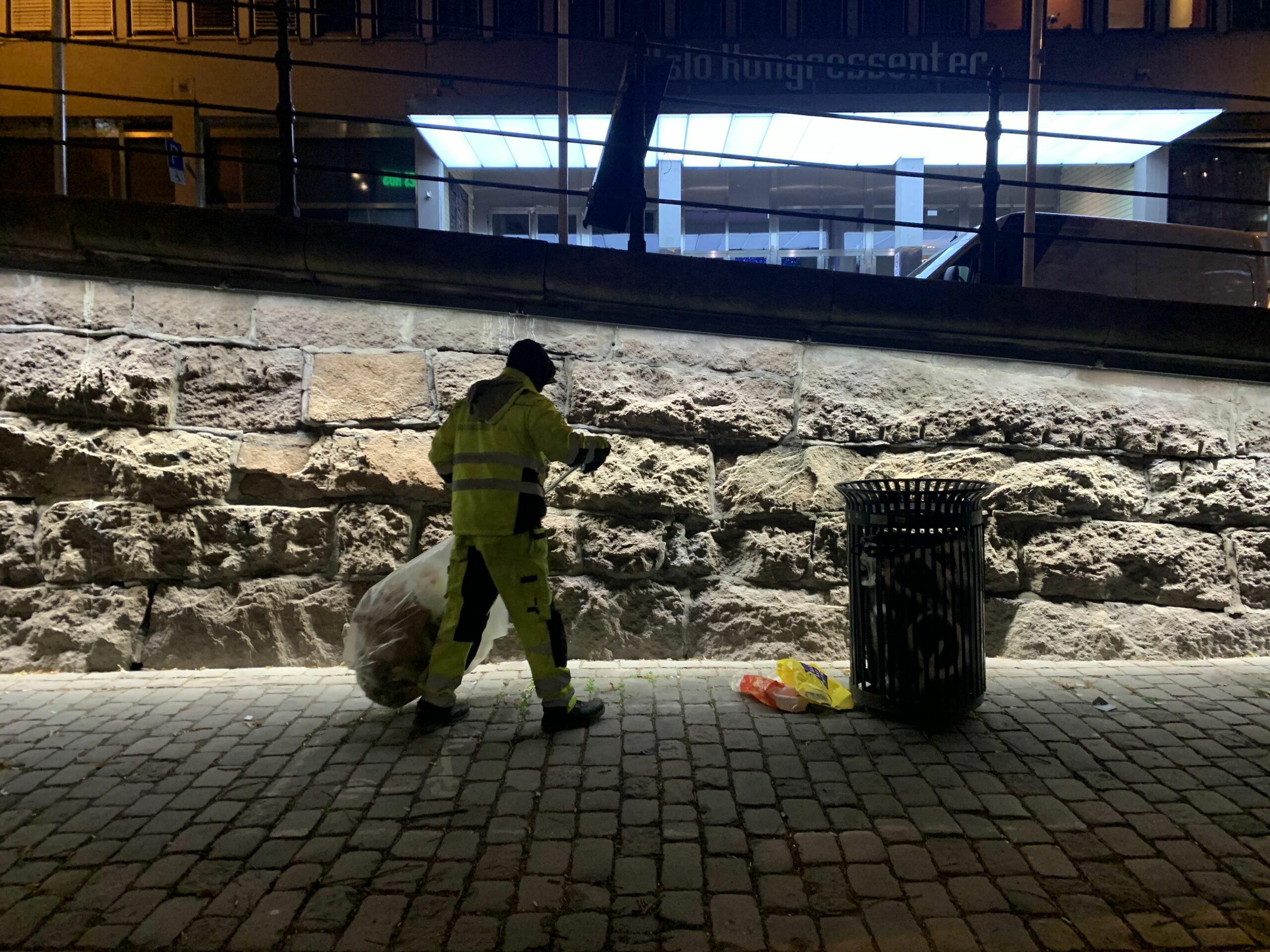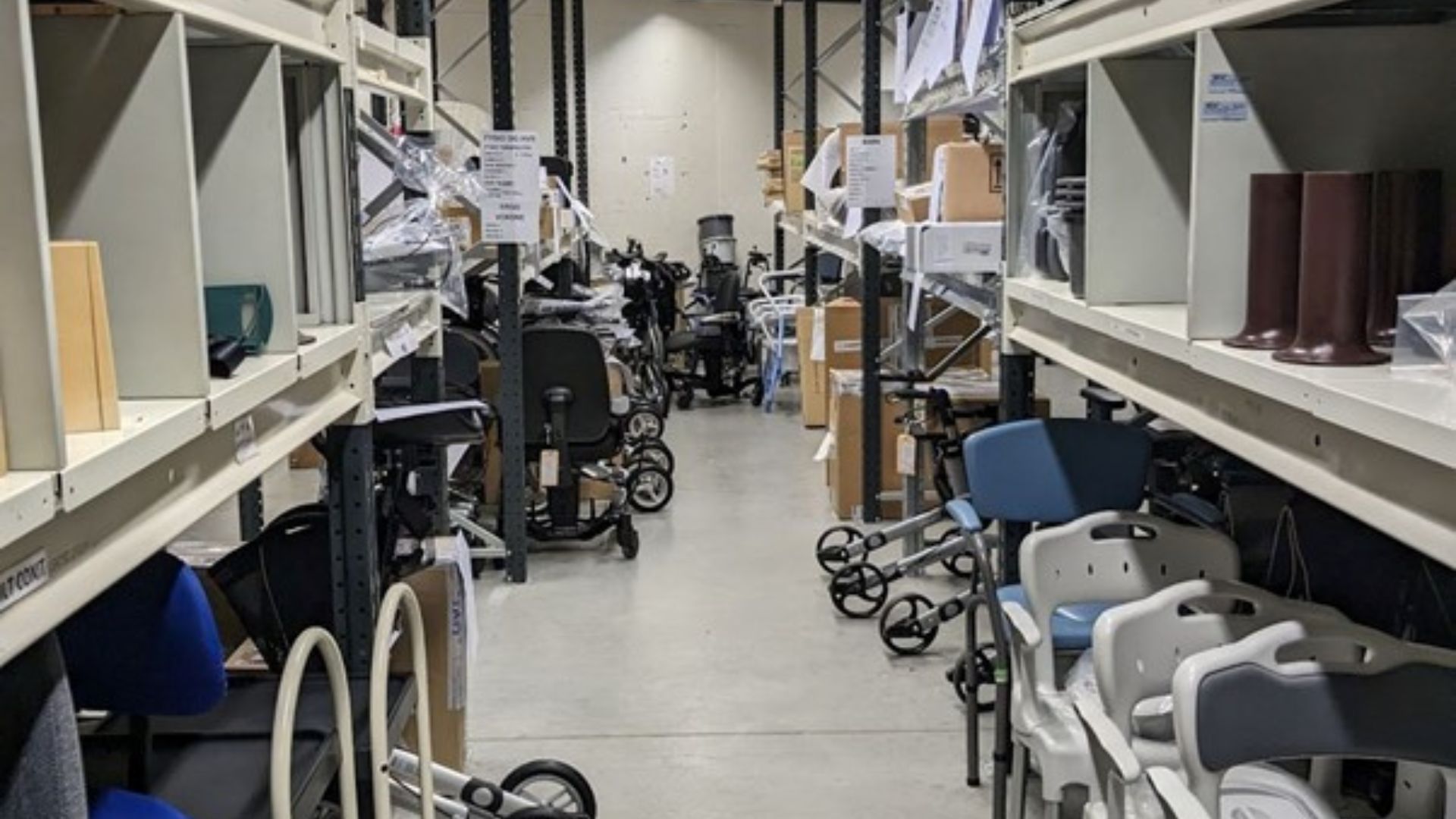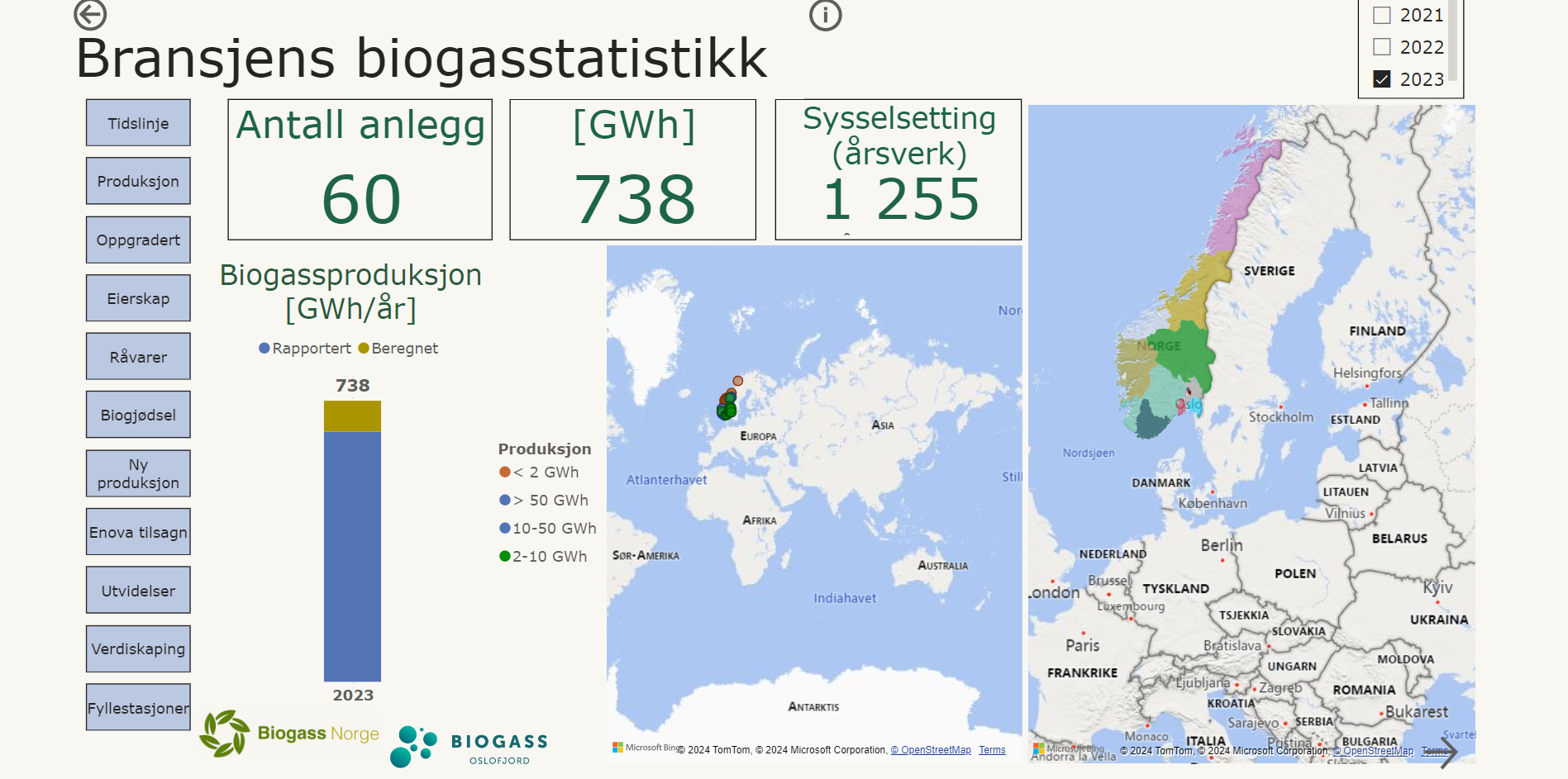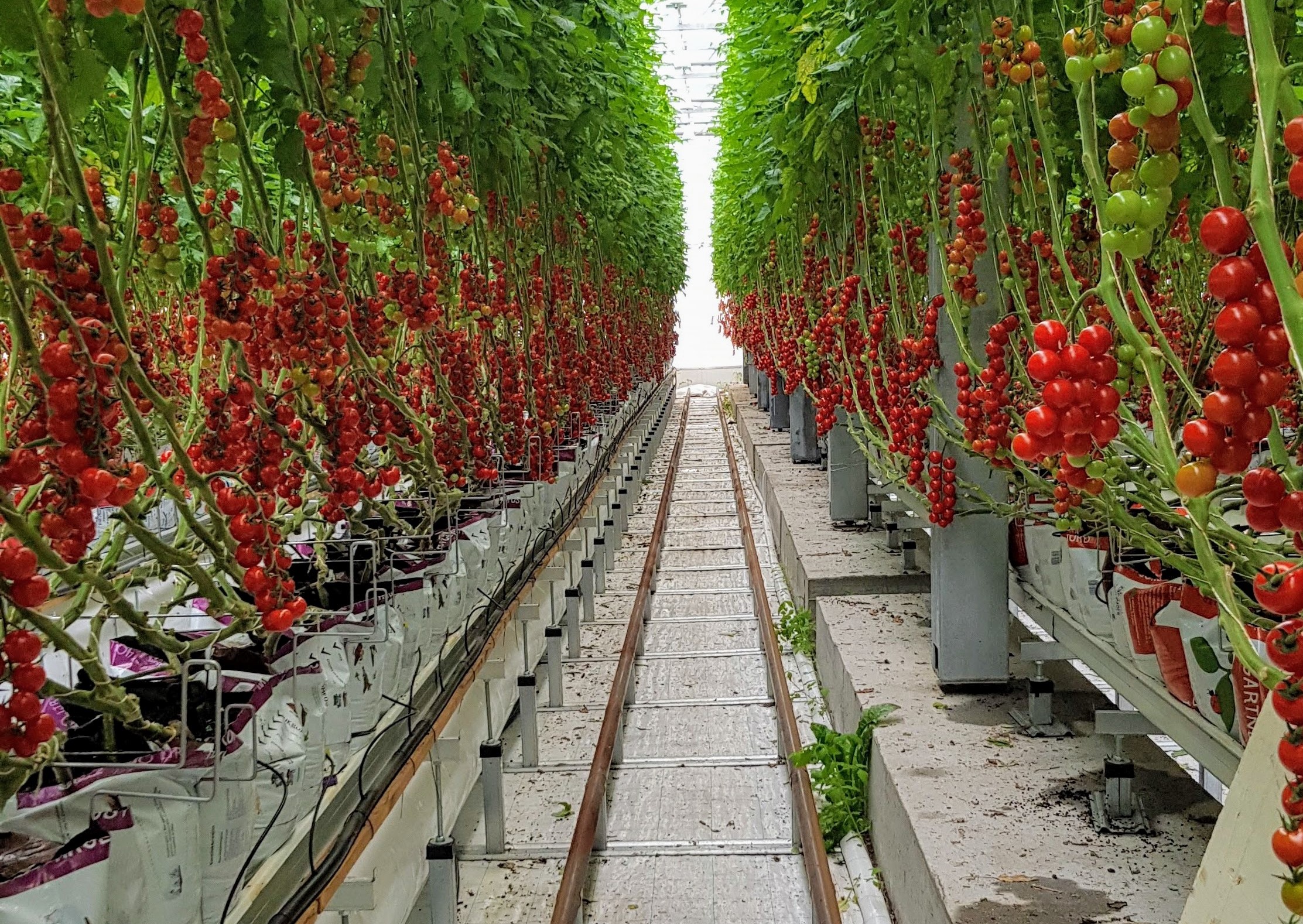The purpose of the project has been to map the annual amount of litter being cleaned up in Oslo. The project has also looked into how much the cleanup costs the municipality. The project has been funded by funds from the Retailers' Environmental Fund and the Oslo municipality.
The results show that the Oslo municipality cleaned up approximately 1,055 tons in 2022. Per capita, this corresponds to 1.5 kilograms, or around 100 items annually. Of what was cleared, 370 tons were plastic, estimated to be distributed among 54 million plastic items.
- Oslo, the capital and largest city in the country, is a complex municipality that includes districts as separate administrative levels. Mapping the cleanup of litter from all parts of the city has been a comprehensive task, requiring the development of new methodologies. We are pleased that the methodology has yielded results and provides an indication of the extent of littering in Norway's capital
states Henrik Lystad, Managing Director of Norwaste
Tweet
Focus on single-use plastic
Products included in the EU Directive on Plastic Products The EU's directive on plastic products has been a focus of the project. According to the directive, Norway is required to establish a producer responsibility scheme where producers of certain short-lived plastic products will finance a portion of the cleanup and waste management from littering of their products. It is estimated that approximately half of the plastic cleaned up by public entities in Oslo municipality is single-use plastic, equivalent to 173 tons or 35 million items. Approximately half of this is cigarette filters, primarily collected by street-sweeping vehicles. However, there is still a significant amount that needs to be manually cleared. It is estimated that manual cleanup accounts for approximately 9 million single-use plastic items annually.

- It's surprisingly high numbers of littering in Oslo, but it's also good to know that so much waste is being cleaned up so it doesn't end up in nature. Knowledge about plastic pollution is important to implement effective measures, and we are pleased that the Retailers' Environmental Fund can contribute to more knowledge about this
states Cecilie Lind, Managing Director of the Retailers' Environmental Fund
Tweet
The results in the report also provide insight into what ends up as litter in the city. Separate investigations have been conducted on both what is swept up by street sweepers and what is picked up manually. Among the items cleared manually, personal consumption items rank highest, such as cigarette butts, plastic or paper food packaging, and beverage containers.
The Single-Use Plastics Directive also resulted in the prohibition of certain plastic products. In 2021, bans were implemented on balloon sticks, straws, and single-use plastic cutlery. From previous analyses of littering in Oslo, plastic disposable cutlery has been prominently observed. An interesting, albeit not surprising, finding is that from the survey conducted in 2022, this was hardly observed among the waste. However, plastic alternatives for straws and cutlery still remain in the top 10 of littered items.
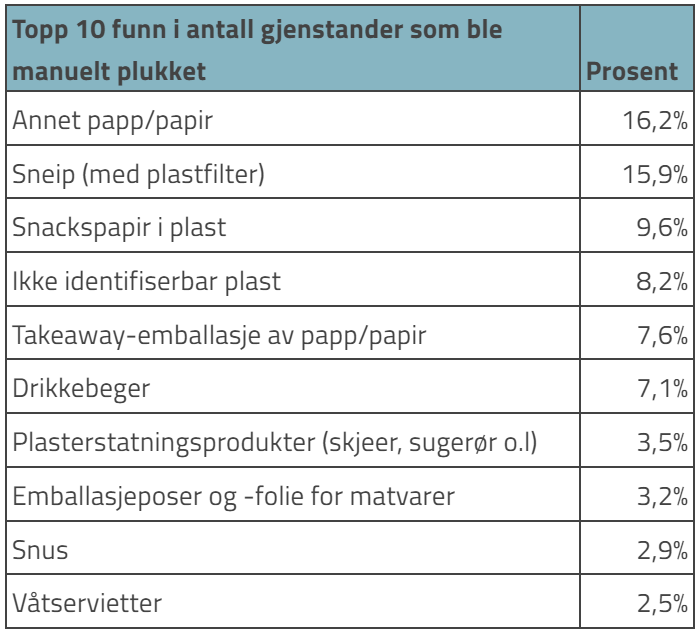
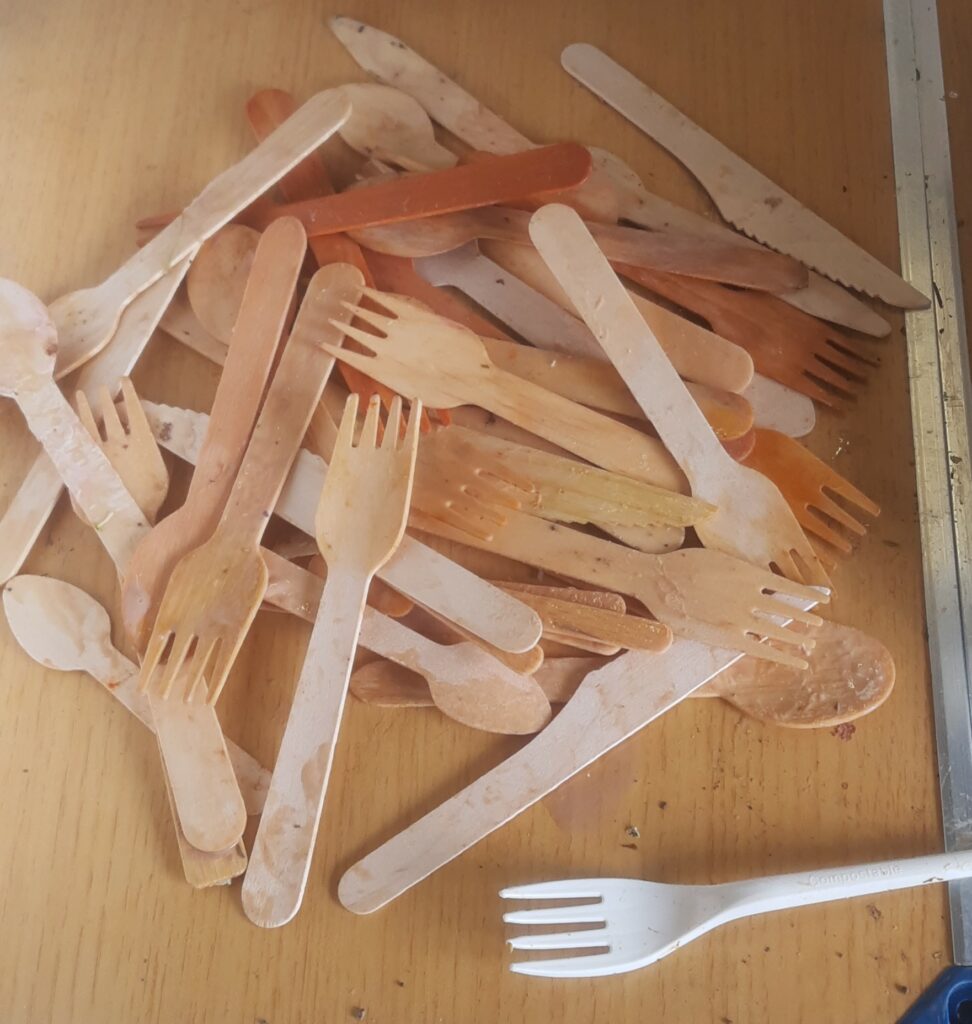
Keeping Oslo clean from litter comes at a cost
Cleaning up litter in Oslo is a complex task, with many actors involved in the cleanup efforts. This makes it challenging to have an overview of the extent of littering. The amount cleaned up and the associated costs are central questions in the proposed work to legislate producer responsibility for single-use plastics. According to the report by Norwaste, Oslo municipality spends a total of 56 million Norwegian kroner annually to keep the capital clean from litter. This includes salary expenses, equipment costs, and administrative expenses. It also includes costs related to awareness-raising efforts and communication campaigns about littering. The calculations also show that there are different costs for street sweeping and manual cleanup. For street sweeping, the cost is estimated at 38 kroner per kilogram or 0.33 kroner per item. For manually picked-up litter, the cost is estimated at 45 kroner per kilogram or 1.27 kroner per item.
About the estimates:
To arrive at the estimates in this report, Norwaste conducted pick analyses of littered waste and sweeping masses and gathered documentation and data from relevant actors in the municipality. It has been somewhat challenging to find good baseline data, and as a result, the basis for calculating littering is of varying quality, and the estimates are therefore associated with uncertainty. The report concludes that there is a need for municipalities to gain a better understanding of the quantities and costs associated with littering. The introduction of extended producer responsibility makes this even more relevant.
The entire report is available on Norwaste's website or at the website of the Retailers' Environmental Fund.
